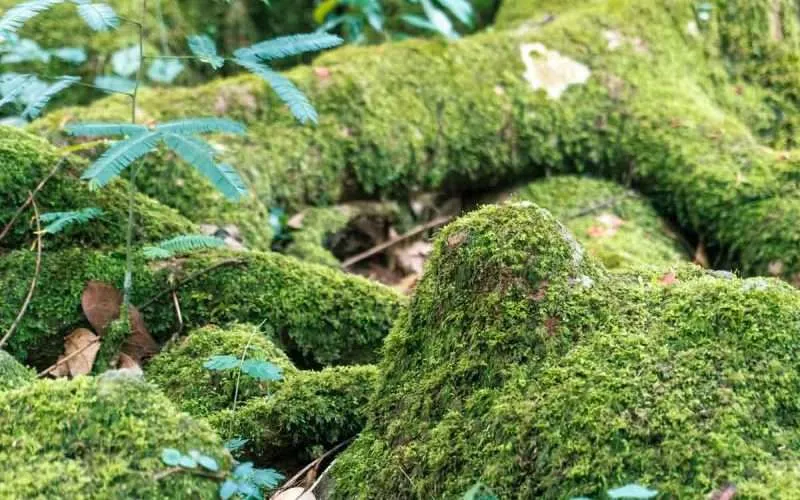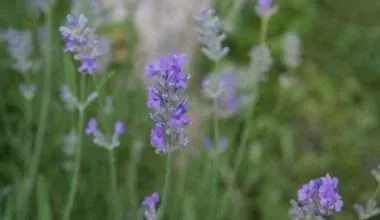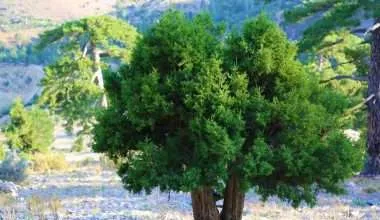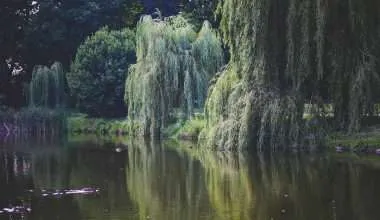Table of Contents Show
Florida trees with moss growing on them is a common enough site, right? And not just the trees, the moss is actually just everywhere… trees, pavements, frankly any area which can provide moisture and a little shade, is the ideal ‘growing ground’ for tree moss.
With so much moss to go around, you could be pardoned for thinking that the moss could actually harm the trees that it is growing on, or that it is unhealthy and must not be touched by the naked skin.
Well, none of that is actually true. Tree moss may appear to be a hindrance, but in reality, it is just another member of the Bromeliad family of plants. Other members of the Bromeliad family include pineapples and succulents.
Moss is, in layman terms, the patchy, spongy growth you can see growing on trees, even in cracks that may have appeared on the tree bark. In scientific terminology though, a non-vascular blooming plant that develops as an epiphyte on Florida trees is called moss.
Spanish moss, ball moss, and lichens are the most common mosses found on Florida trees. You don’t need to remove moss off your tree unless the weight of the moss is putting strain on a tree branch.
Tree Moss in Florida: Why it Happens and What To Do When You See It
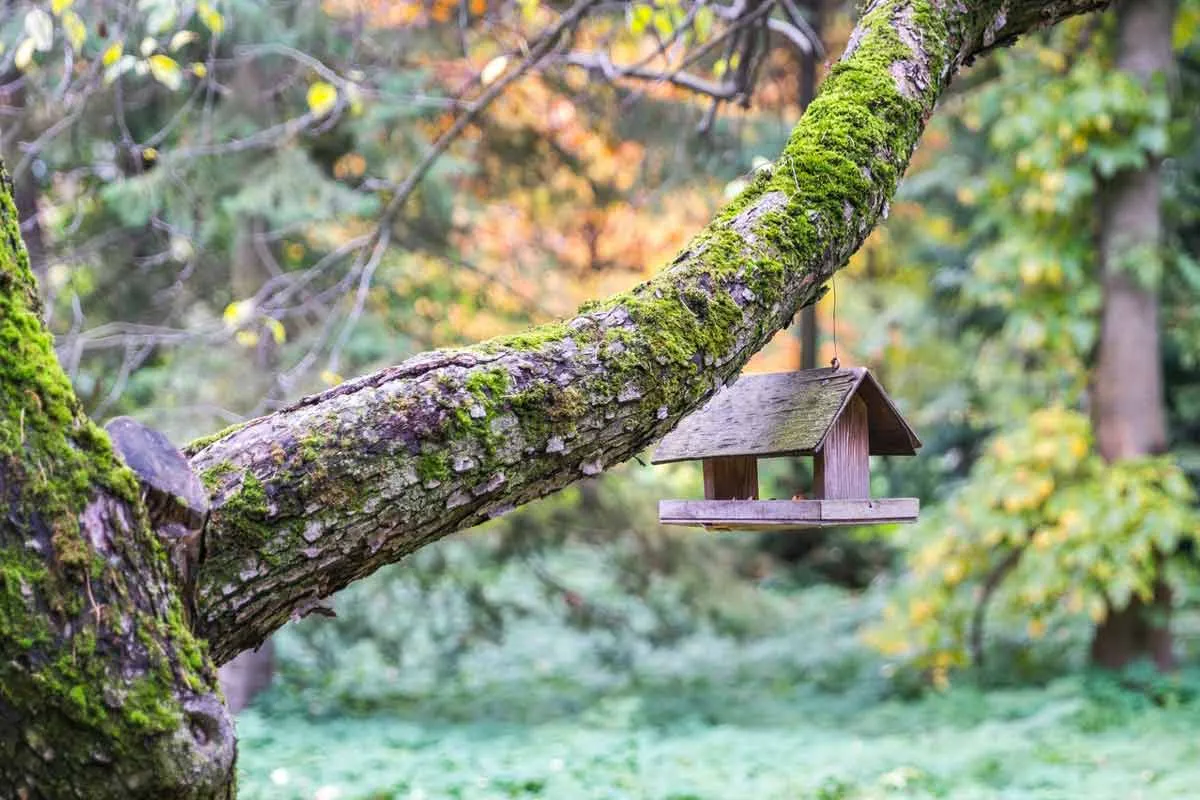
So we have talked about finding tree moss, but why do you find it growing on nearly every tree in Florida? Well the reason for that is the climate of Florida.
Temperatures in Florida tend to stay high, and that is mostly because of Florida’s proximity to the Equator. Then again, Florida also has a very humid climate and this provides the ideal conditions to assist the moss in growing on nearly every tree.
The tree moss also prefers to grow in areas that are shady. This is the reason that such an abundance of moss can be found in the shade of a tree. Tree moss will normally prefer large amounts of water, moderate climates and a good amount of shade to grow well.
Since all these conditions are met on most trees in Florida, tree moss flourishes on trees in Florida. This makes the great Florida outdoors highly picturesque and filled with colors.
With moss everywhere, of course one of your biggest questions is probably going to be what exactly should be done with it? What is the best path to take with this fungal growth? If you’re thinking of ways to get rid of it then you may not be alone.
It is a very common misconception that moss on trees is bad for their growth and must therefore be eliminated. It is, however, not entirely true. Moss is not a parasitic organism that would feed off its host tree, slowly killing it. In fact, in most cases moss is absolutely harmless to the tree it grows on.
While tree moss does not seem to directly cause any harm to a tree, it may indirectly cause the tree harm. This is when removing the moss and replacing it in a suitable place may be best. This is usually only necessary if the moss is too heavy for the tree branch to stay upright.
Alternatively, since under the right conditions moss can grow on almost any hard surface, you may just use it to add some color and texture to your sidewalk or even garden walls. Since moss tends to rapidly grow, you’ll be able to see it prosper in the site within a week. This technique may even be used to create a live wall in your outdoor living area.
If upon reading this you plan on using waste moss to landscape your backyard, then that too is a possibility. The only limit when using moss is your imagination. The fact that moss has the ability to even prosper in acidic soil makes it perfect for landscaping a backyard. So get some moss and get creative.
Almost all trees have moss growing on them
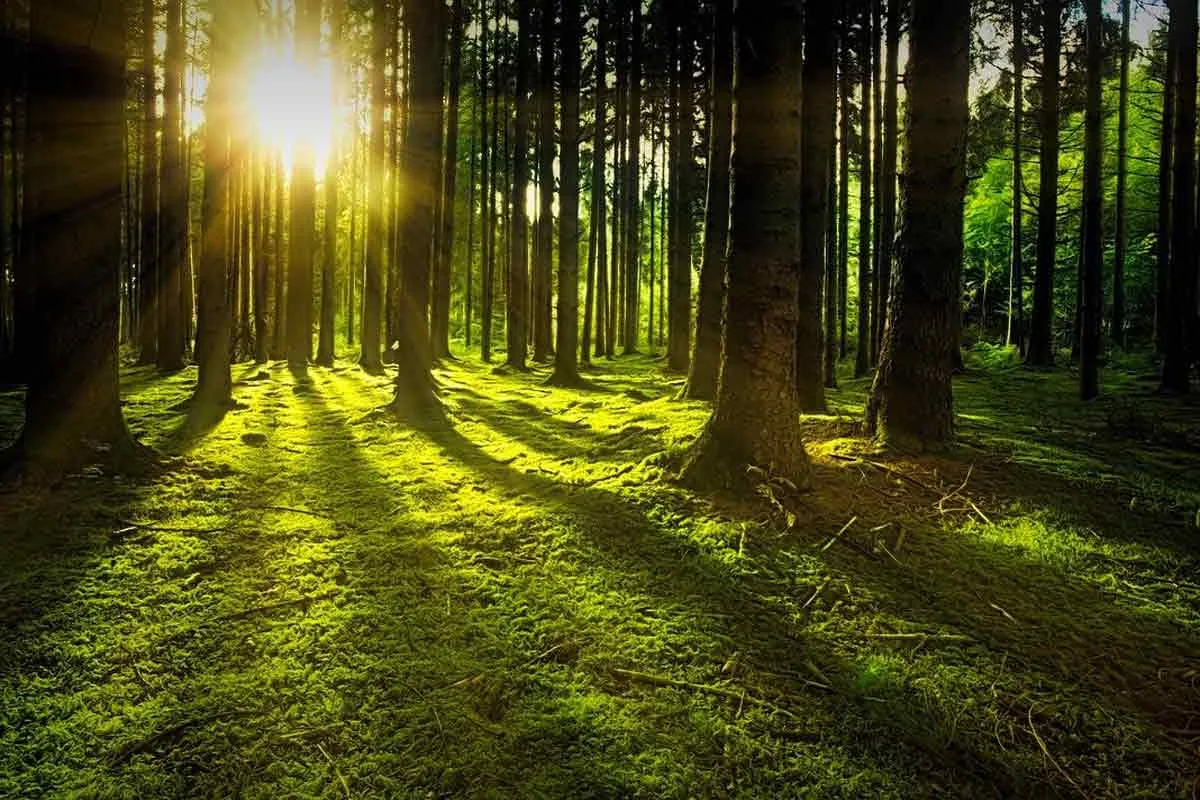
Moss grows on trees, believe it or not, because the environment enables it. Moss prefers a shaded, wet habitat, and the bark of a tree is ideal for this.
Moss needs a surface to grow on, and the bark of a tree provides not just a shaded region due to the canopy of the tree, but also a damp, dark area.
Moss may be found on trees with deep fissures in their bark, such as White Oaks, since the fissures provide a great growth environment with their dark, wet grooves.
However, contrary to common assumption, moss does not tie itself to a tree, nor is it adhered to a tree; for example, Spanish moss grows in a draping manner, attaching and hooking onto the branches and limbs of trees. Moss will just fall off without its draping character.
When it comes to moss, the most significant aspect is the climate, which is why it’s so common on Florida trees.
Why is Florida so abundant in moss?
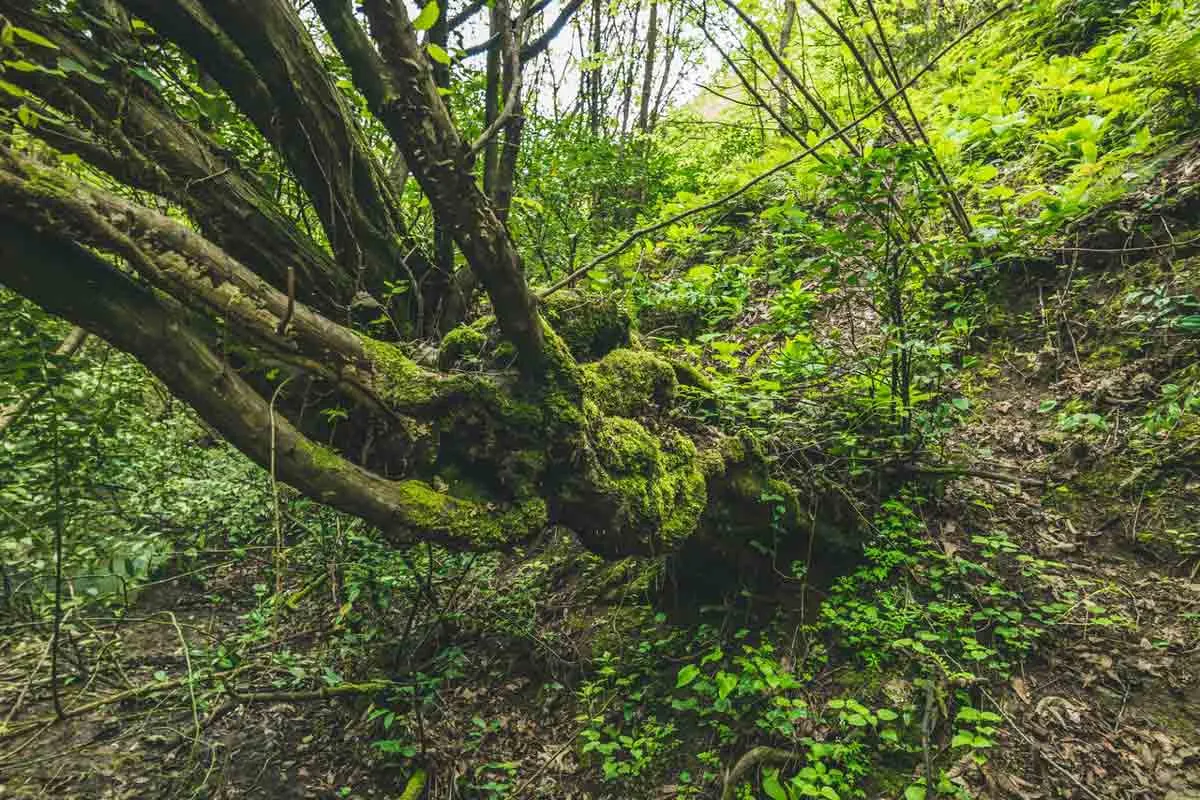
I know, it’s startling, but Florida is humid. There is nothing like the Florida sun or the Florida heat, and its most famous city, Miami, is regarded as one of the hottest cities in the United States! I suppose the truth is that Florida is just that much closer to the equator, which is one of the variables that contribute to its climate.
The climate of Florida is generally subtropical; however, the southernmost tip is tropical. Florida features moderate winters and scorching summers, ideal for moss development.
Snow may be seen in northern portions of Florida on occasion, believe it or not. Florida also gets a lot of rain, and whether it’s snow, rain, or plain hot and humid days, the weather patterns in Florida all have one thing in common: a lot of moisture.
Florida is an excellent breeding habitat for moss since it is primarily surrounded by water, which generates all-year moisture in the air, even if the temperatures are mild! With all that much moisture in the air, you might say that moss has an infinite supply of water.
Due to the fact that Florida is surrounded by sea, it experiences extreme weather conditions such as hurricanes and tropical storms. Being close to the equator, surrounded by water, and an usually humid state due to its high temperatures – Florida is a moss’s heaven.
Why are Florida trees so special?
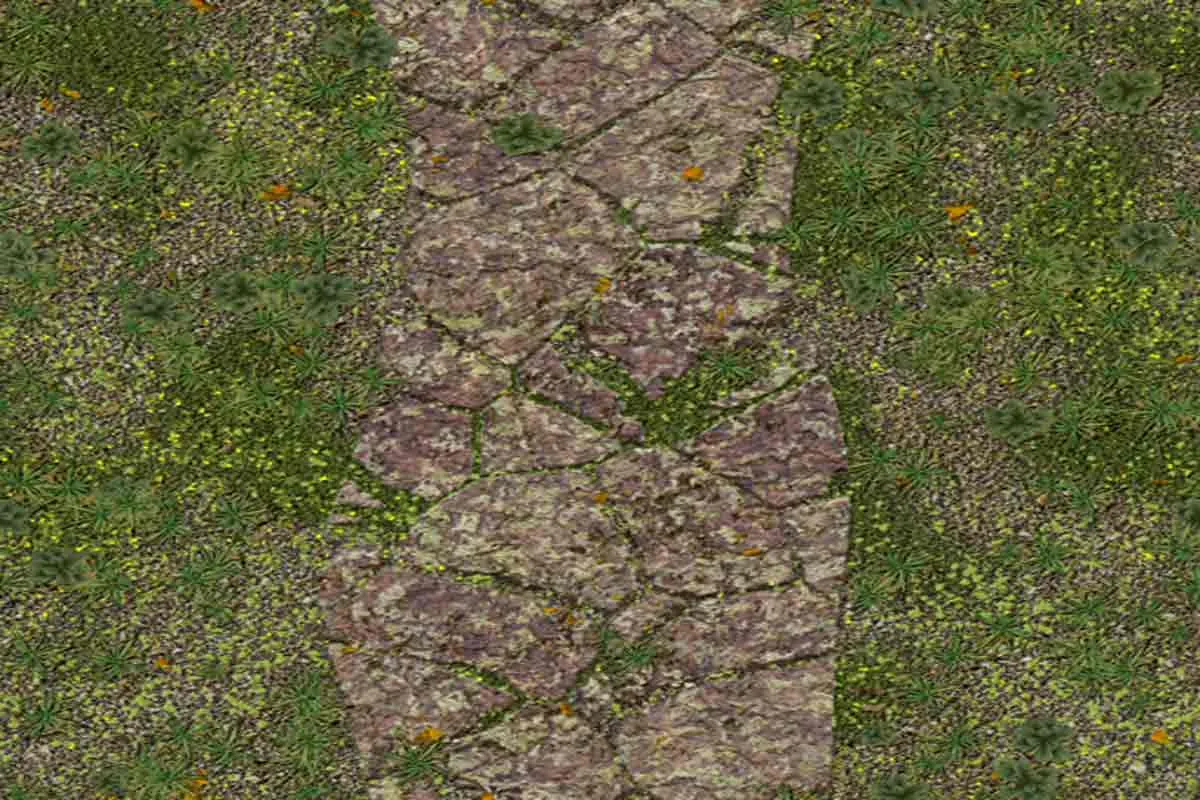
The fact that almost every tree in Florida is riddled with tree moss may require further investigation into the whole story. The reason Florida trees in particular are almost dripping with moss is due to the moisture mainly. It;s not just that moss finds moisture attractive, its more so that the moss needs moisture to even survive.
Moss is a non vascular species of plant. This scientific term basically means that unlike most plants moss does not have any veins. Therefore, when moisture is absorbed by moss it cannot actually be transported to other parts of the moss.
It is for this reason that the moss needs to be surrounded by water vapor so that every part of the moss is able to absorb some moisture and grow. This is also why moss often spreads when there is an abundance of moisture.
The extra water is all used for growth and other functions in the moss. Since it can’t be transported most of the water is used for growth. This means that areas that absorb more water vapor will grow faster than others.
The reason all this is important in understanding why moss grows exceeding well tree barks and branches is because most trees are vascular. So unlike the moss these trees don’t absorb moisture from the air that passes over them. In fact most trees absorb water from underground using their roots.
Due to this practice trees normally have to transport water from the roots upwards to all parts of the tree body. This includes the branches and leaves. Therefore when moss grows along the branch of a tree in Florida, the tree moss is technically sandwiched between layers of moisture.
Both the inside of the tree and its surroundings have water in them. This almost creates the perfect wet and cold place for moss to flourish.
Which Florida Trees Have Moss Growing on them?
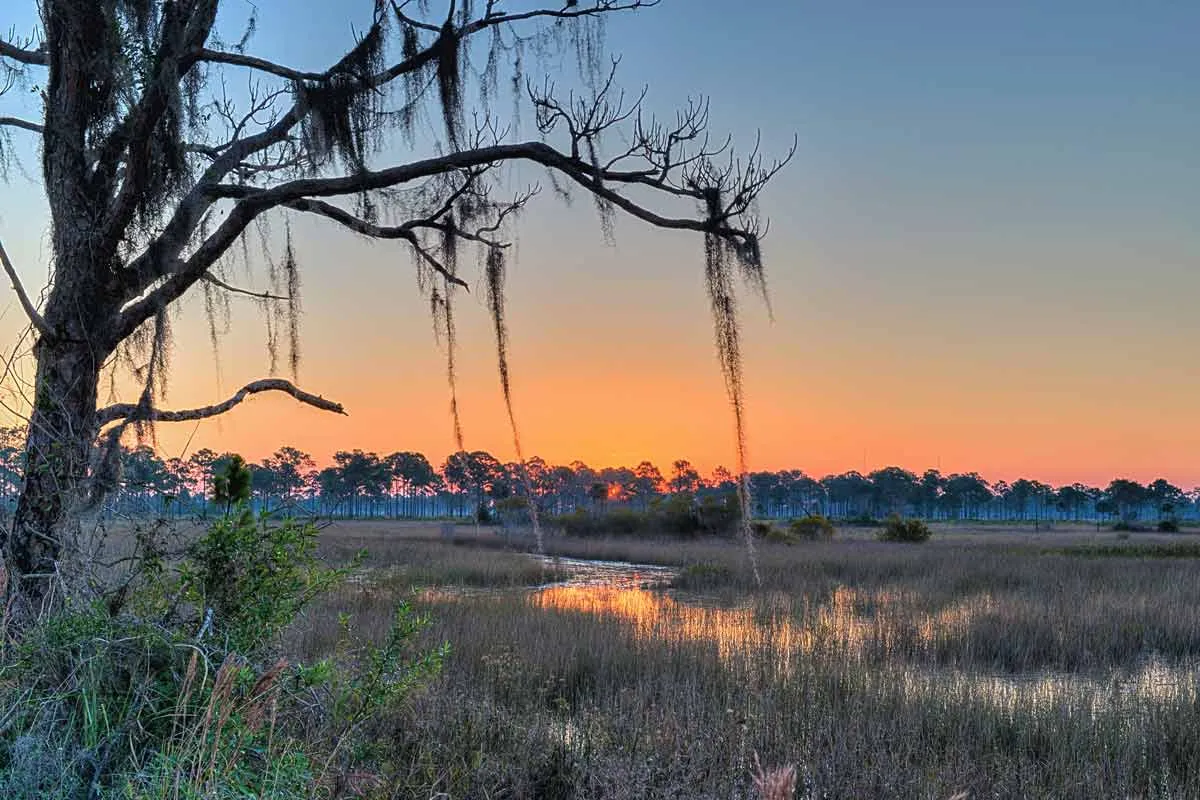
While most people think of only palm trees when they hear the name Florida, the state actually has a lot more in plant life. As any Florida native will tell you, the state of Florida has the largest number of plant species in the entire United States.
What’s even more astonishing than Florida’s immense tree population diversity is that almost all the trees in Florida have moss covering them. For moss it doesn’t really matter which tree it is. Moss will grow anywhere as long as optimal climate conditions and plenty of moisture is present.
In Florida moss grows on a range of different tree species. These include trees such as hickory, elm, ash, maple, magnolia, basswood, locust, pine, gum, and oak.
Types of Moss that grow in Florida
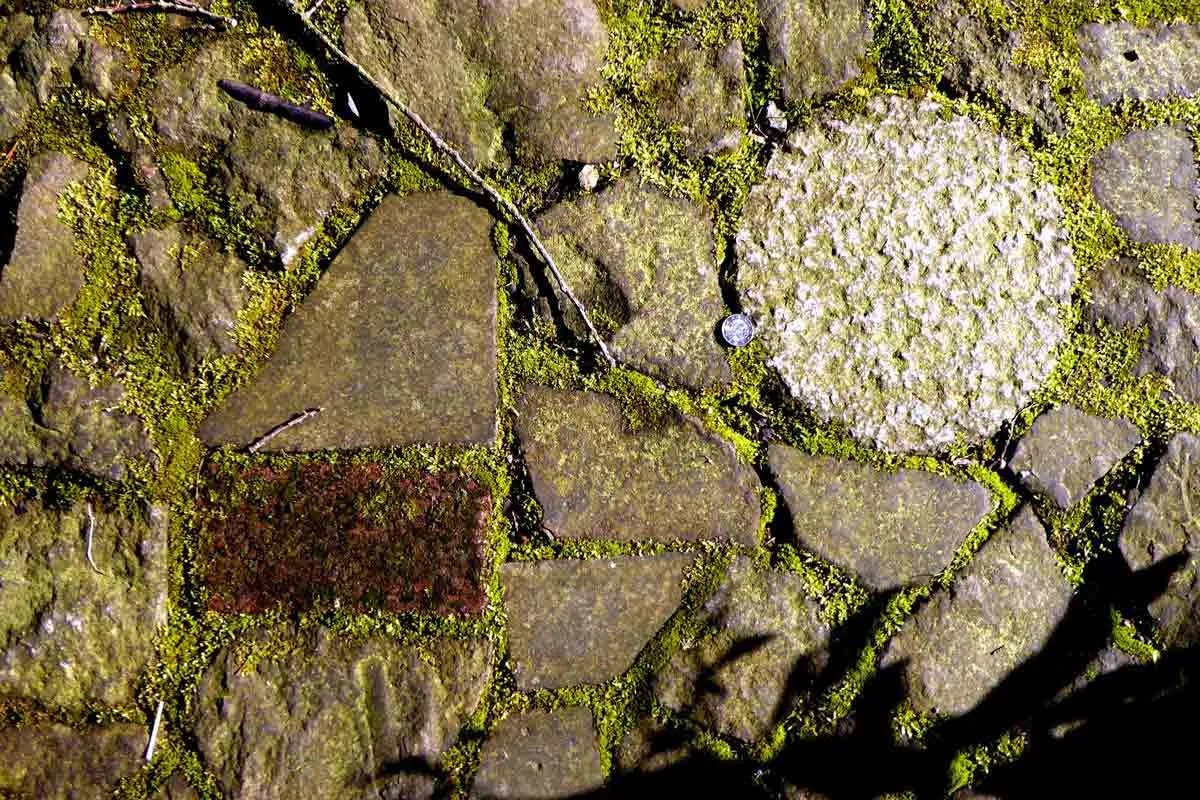
Although moss has over 350 species in total, there are about 60 species that grow in Florida. Though mainly most of the state is dominated by just two types of moss.
Spanish Moss
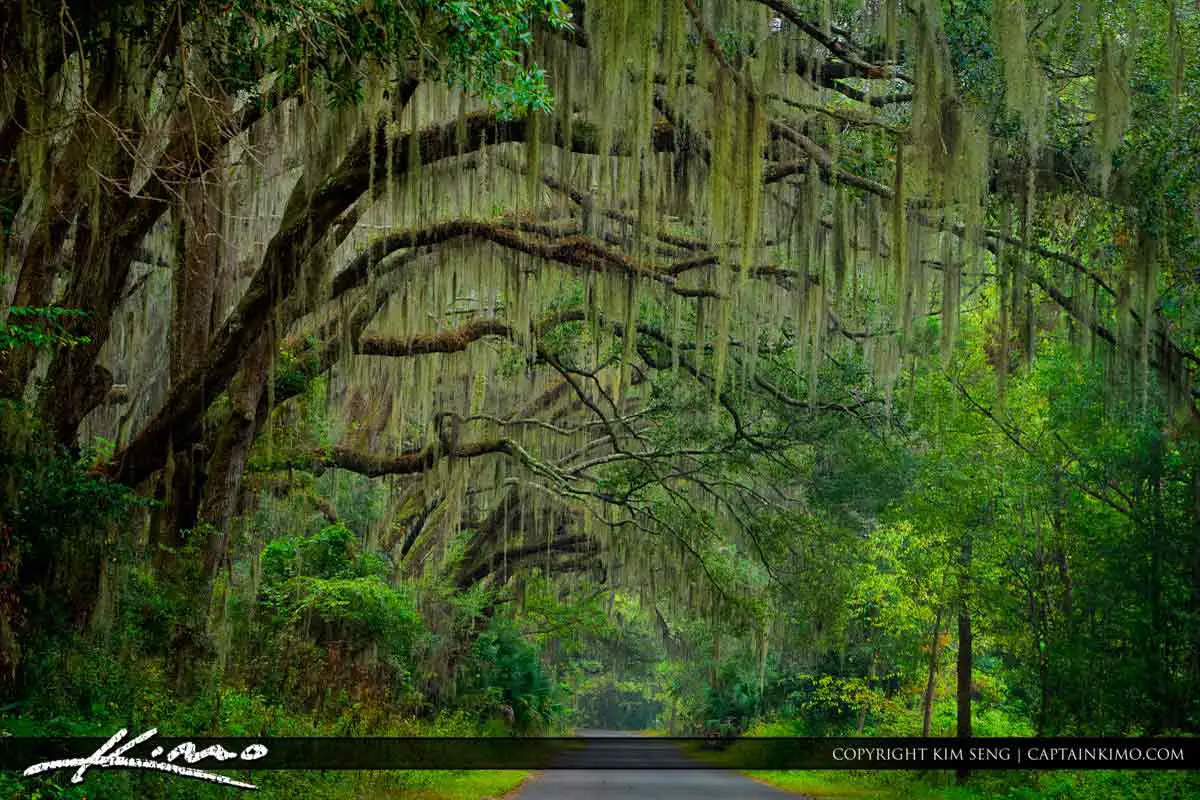
Spanish moss is probably considered as the most popular moss species there is. This is because they are extremely useful and grow in an amazing vertical pattern. Spanish moss tends to hang off trees’ branches.
The Spanish is often a good choice when designing vertical wall gardens or creating a live wall for your homes. As long as the moss received a humid, warm and shady environment it will add a breath of freshness to your living room.
Contrary to popular belief the Spanish moss does not in fact harm the tree. Since it isn’t exactly attached to the tree but only hanging off it, it doesn’t require the tree for nourishment. The moss is able to survive on its own and even trap water within.
The Spanish moss also has quite a few uses in human society. In the past it was used for stuffing car seats, furniture, and even as insulation in homes. Nowadays, the primary use for Spanish moss is for mulch.
Spanish moss can also act as a place to hide and nest for small birds and animals. Due to its fibrous nature, the moss tangles that hang off a tree are perfect dark places for bats and other small creatures to hide.
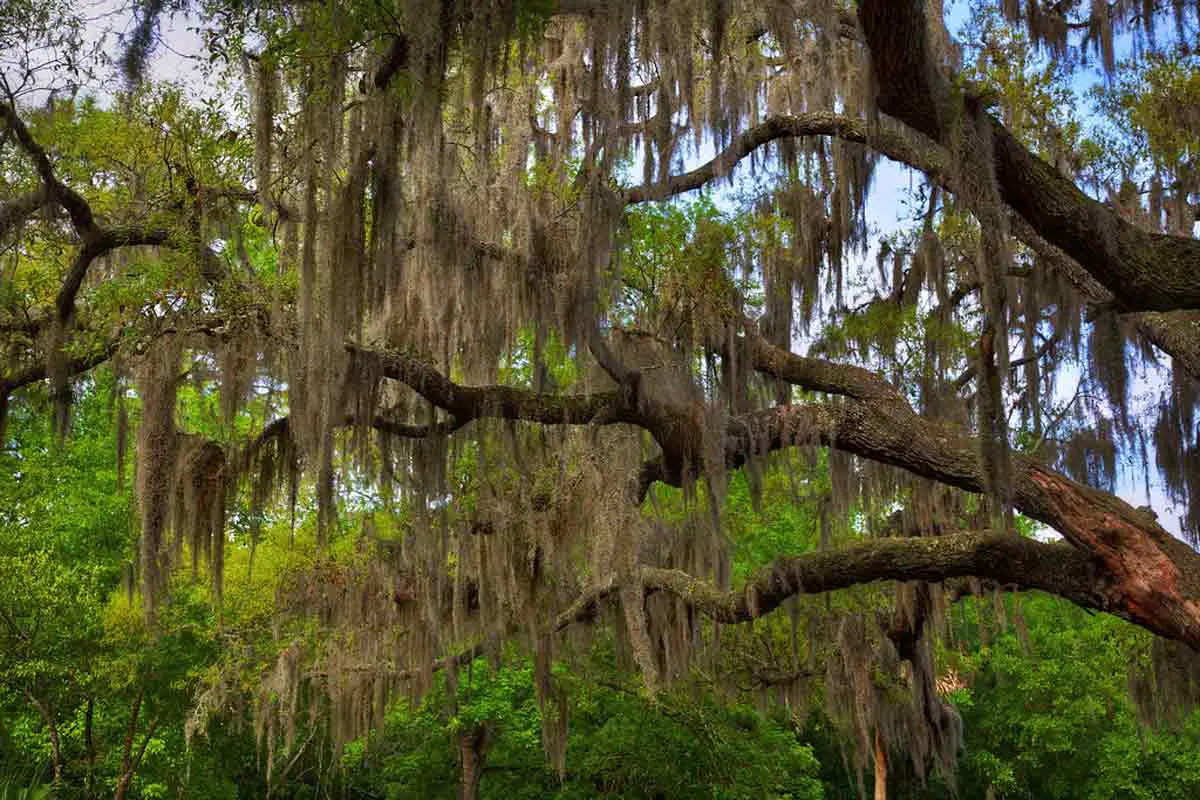
Moreover, if you do decide to remove the moss, it’s actually a pretty simple task. There are a few ways to remove the moss. You could just simply pluck it and it will easily com off. Since the moss isn’t attached to the tree, it really is not much of a talk removing it. Alternatively, a pressure wash will also do the trick for most types of moss.
Though in earnestness, there’s rarely a need to remove the moss from the trees. The only way that Spanish moss can actually harm trees is if the weight of the Spanish moss causes the branch it’s growing on to bend. Otherwise as long as you enjoy the aesthetics of the moss, let it grow.
Ball Moss
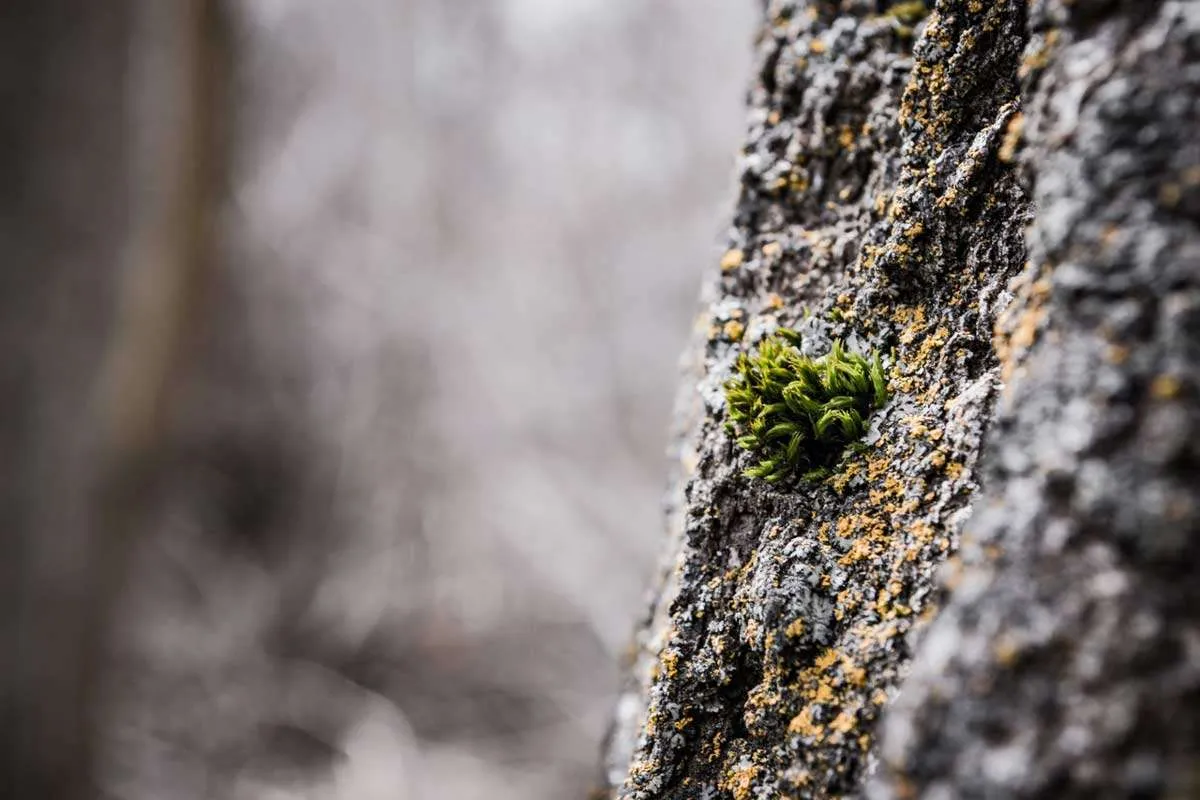
Ball moss is very similar to Spanish moss. They both tend to grow on other trees without being attached to them or siphoning nutrients off them. However, the Ball moss is significantly smaller.
The Ball moss grows in small clumps not longer than 10 inches. This moss can not only be found hanging in clumps off trees, but also hanging off telephone wires. The reason this moss is found on almost any surface has to do with how the seeds are dispersed.
The Ball moss seeds are dispersed by the wind. So basically the seeds fly through the wind and often get stuck on various surfaces. Wherever the seed gets stuck, as long as suitable environmental conditions are met, the seed with sprout and the moss will grow.
Like with the Spanish moss, the Ball moss doesn’t actually cause any sort of harm to your plant but you may just pluck it off if you so wish to. The moss can easily be removed though there is often no reason to do so.
The Ball moss at times acts as a natural fertilizer for your plants as well. When the moss eventually dies and falls to the ground, it is decomposed and the nutrients are added to the soil. This fertilizes the soil and aids in your plant’s growth.
